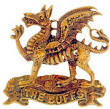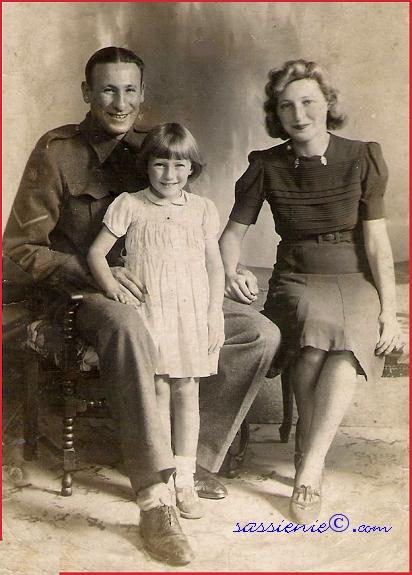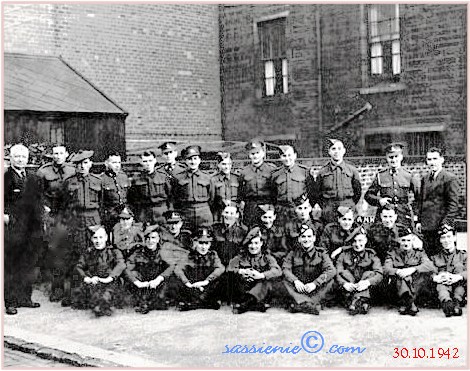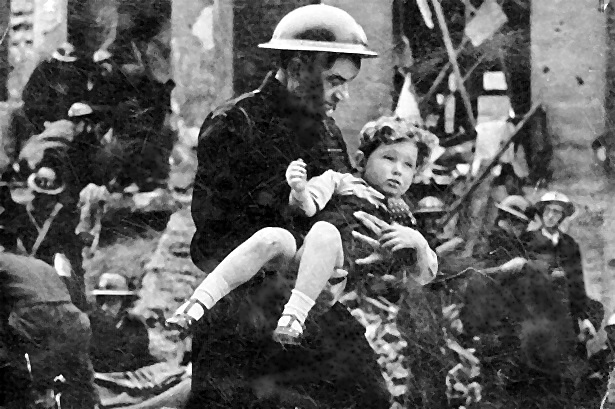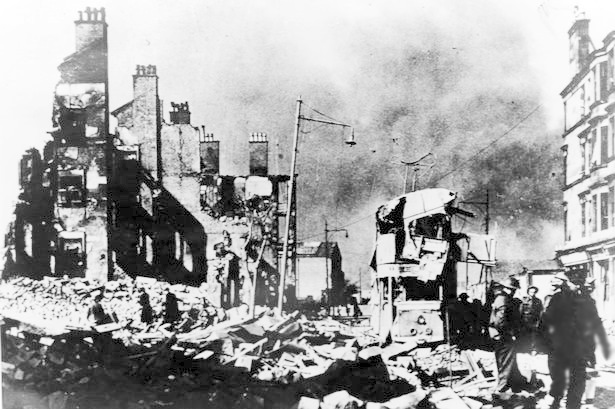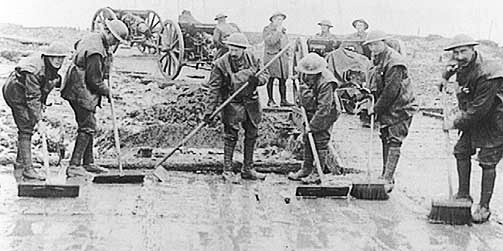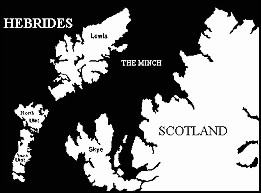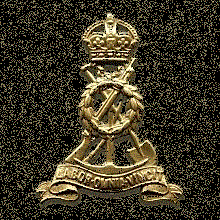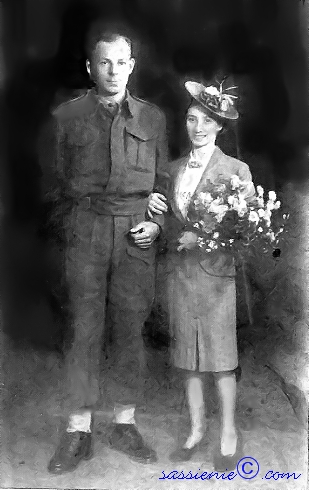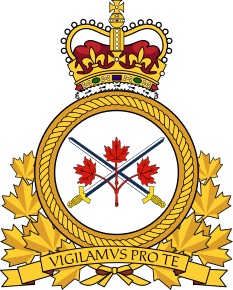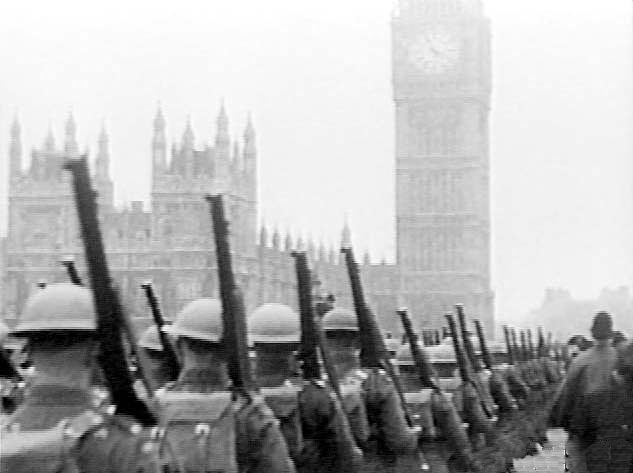|
We should
remember those
who came before
us, their
stories,
Anthony (Sassienie) Steel
This section is
dedicated to our
family members who
fought
Honouring all our
past and present
family war veterans All images are copyrighted and the property of the contributors
Wolf Jacob Sasieni 1795 - 1869 Dutch military David Sasieni 1896 – 1967
Born London, England
3rd
South African
Infantry B Coy
Reinforcements
Click photo to view army service record
Branch two
Harry Lewis
The battle of Mons
August 22-23 1914
During the day
in the trenches
a German sniper
sometimes pinned
us down. One of
the easiest ways
to discover the
position of a
sniper was to
baronet one of
the frequently
passing rats and
hold your
baronet with
attached rat up
high. At most
times the German
sniper would
take a shot at
it, giving away
his position.
Video - The Great War 1914 - 1918 The Battle of Mons explained
In Memory Of
Harry Lewis
Branch one parent of spouse
Morris Sidney
Sassienie.
In the summer of
1940 the German
Luftwaffe
launched a
series of air
raids on Britain
which would
change the
course of the
war. With the
German navy too
small to control
the English
Channel long
enough to stop
an invasion
fleet crossing,
the Luftwaffe
were given the
task of
neutralising the
RAF protected
airspace over
Southern England
and pave the way
for an invasion
of England.
Defending the
British shores
were the young
pilots of the
RAF, (Royal Air
Force) ready to
save their
homeland from
destruction in
their country’s
greatest hour of
need.
The young men of
the Essential
Maintenance
Division of the
Royal Air Force
also played a
vital part in
the Battle of
Britain and
through the
whole of the
Second World
War. These
highly skilled
engineers were
literally on
call 24 hours
per day to
ensure that
aircraft,
including
fighters,
bombers and all
aircraft
pertaining to
the RAF were
regularly
maintained,
serviced,
repaired and
ready for action
as and when
required.
Without the
skills of the
men of the
Essential
Maintenance
Divisions the
RAF would not
have been able
to sustain
Britain’s air
defences and
sorties over the
occupied
countries. Video - Battle Of Britain In Colour
(1922 – 2009)
In Memory Of
Branch one Leon Benson Levy Grandson of Sophia Sasiene & Morris (Sol) Levy WW2 – served in Australia, New Guinea and the Philippines Military Dentist
Leon Levy with wife Janet and baby Lee
80th General Hospital Unit
The 80th General Hospital was officially activated 20 August 1942 at Camp White, Medford, Oregon. USA (Division Camp; total acreage 49,638; troop capacity 1,884 Officers and 35,557 Enlisted Men), with Captain Thomas R. Evans, Commanding.
The organization never functioned as an operational Hospital while stationed in the Zone of Interior. Since 18 June 1944, it would however start to function as a General Hospital, located on Lower West Cameron Plateau, Base A, APO # 928, Milne Bay, New Guinea, after having taken over the areas vacated 20 June 1944 by the 124th and 268th Station Hospitals. At that time Base A was under the command of Colonel August W. Spittler, MC, appointed in March of 1944.
Military record of Leon Benson Levy Click image to view full size Australia, New Guinea and The Philippines
Leon Levy (standing second left) with his unit in Brisbane, Australia - 1944
Bracelet made by Leon Levy for his wife using Australian coins – Australia early 1944
Leon Levy (standing far right) and crew in Hollandia, New Guinea - September 1944
Between the
period from 1
July 1944
through 30
September 1944,
the 80th General
Hospital Unit
served under
control of the
Chief Surgeon,
Headquarters,
United States
Army Services of
Supply, APO #
928.
80th General Hospital and camp, Leyte, Philippines – February 1945
Only the toughest were able to see the mission through to the very end, as did Leon Levy.
The 80th General Hospital ceased to function as of 1200 hours, 31 December 1944, and assumed a staging capacity at the present location. The majority of the patients were evacuated to the Zone of Interior on 31 December, and all remaining sick and wounded transferred to the 47th General Hospital, or returned to duty.
With thanks &
appreciation to
Lee Weinstein
for her kind
contribution of
photographs and
details to
Branch four Stanley Sasine Descendant of Solomon Wolf Sasiene & Rebecca Zwart
History Merrill’s Marauders (named after Frank Merrill or Unit Galahad, officially named the 5307th Composite Unit (provisional), were a United States long range penetration special operations unit in the South-East Asian sector of World War two which fought in the Burma Campaign. The unit became renowned for its deep-penetration missions behind Japanese lines, often engaging Japanese forces much superior in number.
In early 1944, the Marauders were structured into light infantry assault units, with mule transports for their 60 mm mortars, bazookas, ammunition, communications gear and supplies. Although the 5307th's three battalions were equivalent to a regimental-size unit, their crude heavy weapons support meant the force had a combat power less than that of a single regular American infantry battalion. Due to the lack of heavy weapons support, the unit had to rely on flexibility and surprise to fight and overpower considerable larger Japanese forces.
In February 1944, in an offensive designed to disrupt Japanese offensive operations, three battalions in six combat teams (coded Red, White, Blue, Khaki, Green, and Orange) marched into Burma. On February 24 1944, the force began a 1000-mile march across the Patkai region of the Himalayas and into the Burmese jungle behind Japanese lines. A total of 2,750 Marauders entered into Burma.
PVT Stanley Sasine in Northern Burma 1944
Below:
Stanley Sasine
has told his
story to his
grandson, Adrian Sasine in a
recorded
interview.
I want to warn
family members
that some
details
mentioned in
this interview
are described
Video - A World War two soldier tells his grandson the full story of his war injury
Click to view
Branch four Jacob (Johnnie) Pennamacoor 1915 – 2000 Son of Betsy Sasiene & Isaac Pennamacoor
Jacob (Johnnie) Pennamacoor age 18 – England 1933
Jacob (Johnnie) Pennamacoor was part of a group of British World War two soldiers called the Chindits, No 9 Royal Army Medical Corps [22224506]They were tasked with getting the Japanese out of Burma, now Myanmar. He remained in the army as a Regular soldier until 1952.
The Chindits was the largest task force of World War two, known officially in 1943 as the 77th Indian Infantry Brigade and in 1944, the 3rd Indian Infantry Division, they were a British India "Special Force Unit" that served in Burma and India in 1943 and 1944 during the Burma Campaign in World War Two. The brigade was formed to put into effect Orde Wingate's newly developed guerrilla warfare tactic of long-range penetration. The Chindits were trained to operate deep behind Japanese lines, and their operations were marked by prolonged marches through extremely difficult terrain with underfed troops weakened by malaria and illnesses such as dysentery. Men suffering from dysentery often went naked or with split trouser seams to allow for the uncontrollable discharges that seeped from their racked bowels.
The 77th Indian Infantry Brigade, otherwise known as the Chindits, were the creation of British Brigadier Orde Charles Wingate serving under Archibald Wavell, the Supreme Commander of the Far Eastern Theatre in India. The name was suggested by Captain Aung Thin (DSO) of the Burma Army. Chindit is a corrupted form of the Burmese mythical beast Chinthé or Chinthay, statues of which guarded Buddhist temples.
Each man was supplied with and carried more than 72 pounds (33 kg) of equipment, which was proportionally more than the support weapons and other stores the mules were carrying. This personal equipment included seven days' rations, a machete or Gurkha kukri knife, personal weapon, ammunition, grenades, groundsheet, a change of uniform and other assorted items that were carried in an Everest carrier, which was essentially a metal rucksack frame without any pack.
On 8 February 1943 in Operation Longcloth, 3000 Chindits and including Orde Charles Wingate began their march into Burma. Once in Burma, Wingate repeatedly changed his plans, sometimes without informing all the column commanders. The majority of two of the columns marched back to India after being ambushed by the Japanese in separate actions. After some railway attacks, Orde Charles Wingate decided to cross his force over the Irrawaddy River. However, the area on the other side of the river turned out to be inhospitable to operations. Water was difficult to obtain and the combination of rivers with a good system of roads in the area allowed the Japanese to force the Chindits into a progressively smaller box.
In late March 1943, Wingate made the decision to withdraw the majority of the force, but sent orders to one of the columns to continue eastward. The operations had reached the range limit of air supply and prospects for new successful operations were doubtful considering the Japanese pressure. The columns were generally left to make their own way back to India. On the return journey the most difficult actions involved crossing back over the Irrawaddy River. The Japanese had observers and patrols all along the riverbank and could quickly concentrate once an attempt at a crossing was detected. Gradually all the columns separated into small groups. Wingate's headquarters returned to India on its own ahead of most of the columns. Throughout the spring and even into the autumn of 1943 individual groups of men from the Chindits made their way back to India. The army attempted to do all what they could for the men. In one case, an aeroplane was landed in an open area and wounded men were evacuated by air. Part of one column made it to China. Another portion of the men escaped into the far north of Burma, others were either captured, killed or died.
By the end of April 1943, after the mission of three months, the majority of the surviving Chindits had crossed the Chindwin River, having marched between 750–1000 miles. Of the 3,000 men that had begun the operation, a third (818 men) had been killed, taken prisoner or died of disease, and of the 2,182 men who returned, about 600 were too debilitated from their wounds or disease to return to active service. Of the remaining men, Wingate practically hand picked those few he would retain, while the rest were put back under the normal army command structure as part of their original battalions.
During operations, the Chindits had suffered heavy casualties: 1396 killed and 2434 wounded. Over half had to be hospitalised and put on special diets afterwards. As bad as the numbers had seemed, those suffered by the force in 1943 were proportionally much higher.
The healthy were sent to training camps to await new operations, however, when the army command evaluated the men and equipment required to return the Chindits to operational status, it was decided to transform the force into an Airborne Division in India. Beyond direct replacements, it was known that the British element of the Chindits would be decimated in 1945 by the need to repatriate personnel who had served more than four years overseas.
Within the early months of 1945, several of the brigade headquarters and many of the veterans of the Chindit operations were reformed into the 14th and 77th Infantry Brigades and merged into the 44th Airborne Division (India), while the force headquarters and signals units formed the core of Indian XXXIV Corps. The Chindits were finally disbanded in February 1945.
Video - The Chindits, including the Merrill's Marauders - Full Documentary
Branch one
Morris Barnett MBE,
1914 - 1998 Despite normally happy at being at the centre of attention, Morris Barnett was most modest when it came to his wartime exploits. He was colour blind ... and in bomb disposal! In fact, at the end of the war, he was in charge of clearing bombs, mines, booby traps etc from the whole of Holland and was awarded an M.B.E. F/Lt O/C 6223 BD Squad.
Video - How to deactivate a bomb
Photo and information from: colour blind in bomb disposal! www.bbc.co.uk
Branch four Herman Sassieni Critically Injured during Battle W.W.1
Hero of the Somme
HERMAN SASSIENI was
born September 1884
in Whitechapel,
London, England, and
died February 8,
1918 in Army. He
married Louisa
Reynolds June 1905
in Bethnal Green,
London, England.
Wounded in battle
and later died from
injuries incurred.
Below is
full details
described
with
original
documents,
Video - Filmed and Forgotten Soldiers of WW1
Branch two
Nathaniel
(Nat) Norman
Sassieni and
wife, Jane
(Jennie)
Rank, private – Norfolk Regiment 38th- 40th Battalion of the Royal Fusiliers, First World War
The First World
War saw the
Regiment expand
from three
regular
battalions and
three
territorial
battalions to as
many as 16
battalions. The
rapid growth of
the British army
and the
burgeoning
casualty rates
as the war
progressed,
meant that men
from other
areas,
particularly
London and Essex
joined the
Norfolk Regiment
and men from
Norfolk found
themselves in
regiments from
around the
country.
Recruiting
was not
swift in
Norfolk,
partly
because war
broke out
during
harvest
time. But in
September
1914 large
numbers
joined.
There was
another peak
late in 1915
prior to
conscription.
During the war morale was becoming low with the troops.
This is when the
creative talents of
Nathan Sassieni
became
a valuable asset to
the army.
Low Morale, No
Victory. The First
World War will be a
war that shall
always be remembered
with tragic
thoughts. This was
to be the first war
in which a soldier
could rarely see his
enemy. One would
just shoot his gun
and hope for the
best. Trenches
played a major role
in this war. In fact
the whole war
in Europe revolved around
trench warfare. This
was not the only war
to use trench
warfare, but it was
a much bigger
conflict than any of
the others. Soldiers
lived, ate, slept,
fought and died in
the trenches. This
drove some men
insane. The British
troops were forced
to stay in big muddy
ditches and listen
to thousands of
shells explode
around them in a
hope that the
Germans would be
beaten. The Germans
were just trying to
outlast the
bombardment and were
awaiting an attack
from the British
infantry. This must
have affected morale
a great deal.
Nathan Sassieni was
renowned for his
great sense of
humour and musical
talents. Little did
he know when he
enlisted at the
beginning of the war
just how valuable
his talents would
become towards
helping the war
effort.
Morale amongst
the soldiers was
at crisis level
and entertainers
like Nathan
Sassieni were
highly sort
after by the
army commanders.
Nathan Sassieni
would regularly
entertain his
comrades in arms
both within the
battle areas and
on the home
front back in England.
In
Memory
Of
With
thanks
&
appreciation
to
Branch one
Alec Stern
Alec Stern served with the Tower Hamlets Rifles, 1939 to 1946, which became a unit of the famous Desert Rats during World War two. Fought in the Desert Campaign under General Montgomery. In 1941 his unit was ambushed by the German Afrika Corp in Benghazi Libya and captured Alec with eighteen other soldiers. Transferred to the Italians and held prisoner of War in Italy from 1941 to 1943, later transferred to Germany and worked as a forced labourer on Germany’s railways until liberated by the Americans in 1945. (Photo, converted to colour by Farley David)
In
Memory
Of
With thanks & gratitude to Alec Stern for his kind permission to publish his wartime experiences on
Branch one husband of family member Fanny (Fay) Barnett and husband Edwin Fanny (Fay) Barnett, daughter of Juila Sasiene and Lewis Barnett A family in service during World War two Husband Edwin
located to India where he was stationed for 11 months.
During the war, daughter Evelyn, sang and entertained the children at the American Red Cross headquarters in London, England as well as performing in concerts put on for the adults and service people whilst she and her sister Gillian were living as evacuees in Devon, England. Photo: Singer - Evelyn, girl sitting next to her - sister Gillian and Fanny Barnett was the pianist.
Branch four Video: THE WORLD AT WAR 1973 BRITISH TV SERIES
The World At War was produced in 1973, the most expensive factual series ever produced. It was produced by Jeremy Isaacs, narrated by Laurence Olivier. The World at War attracted widespread acclaim and now it is regarded as a landmark in British television history. The series focused on a portrayal of the experience of the conflict how life and death throughout the second world war years affected soldiers, sailors and airmen, civilians, concentration camp inmates and other victims of the war. On May 1940 the German Luftwaffe were bombing Britain that came to be known as the blitz. Most Londoners at the time took to shelters during the bombing raids. In this episode 4 of the, World At War (Alone) are Morris Sassienie, his sisters Doris Sassienie and Stella Sassienie, the lady wearing glass was their mother, Rachel Rae Shine. The news team asked those in the shelter to sing and appear unperturbed as propaganda against the Germans while bombs were raining down overhead, but clearly fear can be seen on some of the people's faces
Clara Pennamacoor and husband David Isaacs 1st and 2nd Battalions The Buffs (East Kent Regiment)
In 1665 saw the formation of the Holland Regiment that was merged into the army of Charles II-although the regiment does date back to 1572 from the 'trained bands' of men of the city of London serving in Holland to free the United Provinces from Spanish domination. This ancient link gave the regiment the privilege of marching through the City of London "Drums beating, colours waving and bayonets fixed". In 1669 they became known as the Prince of Denmark's Regiment. 1747 saw the name "Buffs" come into popular usage from the colour on the facings of the uniform - becoming part of the official title by 1751 as "The Buffs" or 3rd Regiment of Foot. A second battalion of the regiment was operational from 1803 to 1949.
Photo: The Buffs (Royal East Kent Regiment) in pursuit of German forces, Italy, June 1944
With thanks & appreciation to Diane Isaacs for her kind contribution of this photograph to
Branch one
Irene
Kaas,
husband
Henry
Karpel and
daughter,
Barbara
Henry Karpel - left at back Aberdeen, Scotland - 1942 during World War two
In 1939 at the start of WW2, Henry Karpel voluntarily joined the Pioneer Corps. There he was trained as a combat medic in the infantry division and was later sent to Aberdeen in Scotland based at a military hospital in the city.
From the moment Germany invaded Poland and Britain and France declared war, Edinburgh, the capital of Scotland, prepared for what was to become known as, Scotland at war. With the country's many factories, coalmines, engineering works and shipyards, Scotland was the industrial stronghold for the British war effort and became a prominent target for the enemy. The German Luftwaffe bombed Clydebank, Glasgow, Greenock, Edinburgh, Aberdeen and Dundee in a series of air raids from June 26, 1940 until the last attack almost three years later in April 1943. Thousands of people died and tens of thousands were left homeless in the wake of Scotland at war.
At the beginning of 1939, the Department of Health in Scotland started to prepare for Scotland at war. They set to work planning the evacuation of Scotland’s most vulnerable citizens before what they believed would be an inevitable Blitzkrieg attack. Although evacuation was voluntary, on August 31, 1939 the order came to ‘Evacuate Forthwith’. Children gathered at their local primary schools carrying their gas masks, toothbrushes and a change of underclothes. After walking to their nearest railway station they were evacuated to secret destinations – Glaswegians were sent to Perthshire, Kintyre and Rothesay, while Edinburgh children were sent to the Borders or the Highlands. At the end of the year the feared Blitzkrieg hadn’t happened and three quarters of the evacuees returned home.
Scotland blitz between 1940 and 1943 Henry Karpel would have been witness to these events and having treated casualties in his capacity as a medic
The Pioneer Corps was a British Army combatant corps used for light engineering tasks. It was formed in 1939 and amalgamated into the Royal Logistic Corps in 1993. Pioneer units performed a wide variety of tasks in all theatres of war, including stretcher bearing, handling all types of stores, laying prefabricated track on beaches and effecting various logistical operations. Under Royal Engineers supervision they constructed airfields, roads and erected bridges; including the construction of Mulberry Harbour and laid the Pipe Line Under the Ocean (PLUTO).
In the early part of World War II the Pioneer Corps was apparently the only British military unit in which enemy aliens often dubbed "The King's Most Loyal Enemy Aliens"—could serve. Thousands of German and Austrian nationals joined the Pioneer Corps to assist allied war efforts and the liberation of their home countries. They typically were Jews and political opponents of the Nazi Regime who had fled to Britain, including film production designer Ken Adam, writer George Clare and publisher Robert Maxwell.
Later, some members of Pioneer Corps transferred to serve in various fighting units. Some were recruited by the Special Operations Executive (SOE) to serve as secret agents and were parachuted behind enemy lines. After the Scotland blitz in 1943, Henry Karpel was stationed in the Hebrides for the remainder of World War II probably as part of the home defence force to guard against a German invasion. The Hebrides consists of inner, outer and several Scottish islands. Life for the servicemen in the Hebrides during the later part of WW2 would have been harsh, isolated and living in almost prehistoric conditions. 1939-1945 – The Second World War resulted in the loss of many island men, mainly serving in the Royal and Merchant Navy. Afterwards a further exodus of more local people emigrated to Canada, USA and mainland Scotland.
The Pioneer Corps, part of a home defence force – Hebrides, Scotland 1944
On 28 November 1946, in recognition of their performance during the Second World War, King George VI decreed that the Pioneer Corps should have the distinction "Royal" added to it’s title.
Branch one Frederick Simser and his wife, Martha Dightmaker Daughter of David Dightmaker & Dinah Sasiene
England - 1942
In
1939
Canadian,
Frederick
Simser,
joined
the
1st
Canadian
Corps
(also
seen
rendered
as
I
Canadian
Corps)
was
a
corps
sized
formation
created
in
1939,
though
in
England,
it
was
named
simply
the
Canadian
Corps
until
such
time
as
2nd
Canadian
Corps
was
formed.
When
the
Canadian
Active
Service
Force
was
mobilized
in
September
1939,
two
infantry
divisions
were
raised,
and
the
"Headquarters,
1st
Corps
CASF"
mobilized
as
Serial
1,
under
General
Order
135/39
on 1
September
1939.
While stationed in England, Frederick Simser met his bride to be, Martha Dightmaker, where they married in 1942.
Duties:
The Headquarters of the Canadian Corps, as senior formation HQ in the UK, was responsible for training each unit as it arrived. The Artillery Headquarters was tasked with training infantry and reconnaissance personnel in anti-tank weapons, establishing an artillery range, and supervised the tradesmen requirements of all Canadian artillery units in the UK, as advised by Canadian Military Headquarters (CMHQ). In November 1941, the Canadian Corps moved to Haywards Heath, Sussex, England, to join the South Eastern Army tasked with defending Sussex against German invasion.
By spring of 1942, considerable artillery assets had arrived in the UK, many being assigned as Corps Troops. Units included the divisional artilleries of the 1st and 2nd Canadian Divisions, four coast artillery regiments at New Haven, the 1st and 5th Medium Regiments, 8th and 11th Canadian Army Field Regiments, 56 Heavy Regiment, Royal Artillery (including under command X and Y Super Heavy Batteries), 1st Canadian Survey Regiment, No. 1 Calibration Troop RCA and 1 Canadian Counter Bombardment Officer Staff.
With
thanks
&
appreciation
to
Kathleen
Simser
(Canada)
for
her
kind
contribution
of
this
photo
and
army
details
to
Branch one Webmaster - Anthony (Sassienie) Steel - Email: sassienieanthony@gmail.com - Copyright © Protected - All rights Reserved 2025 |


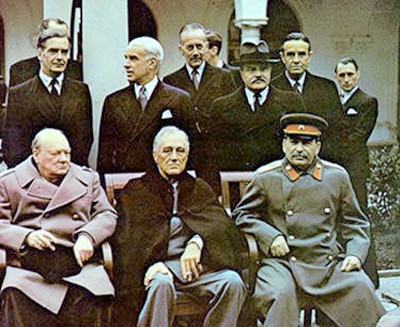
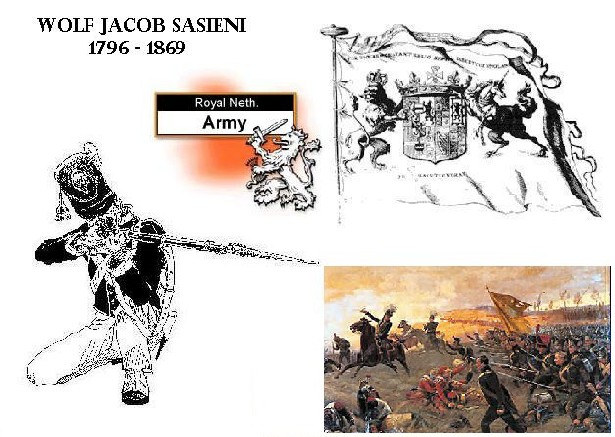
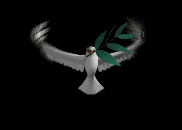
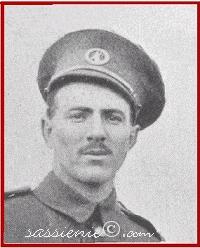
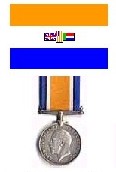
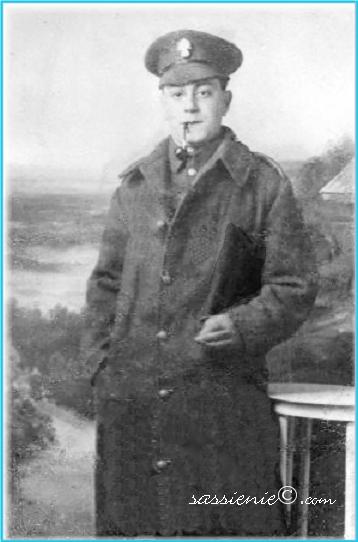
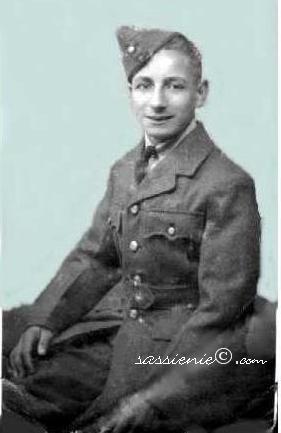
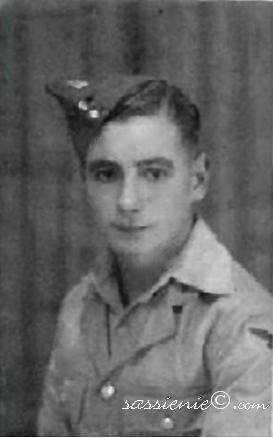

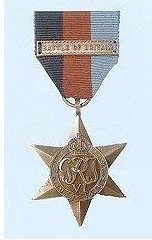
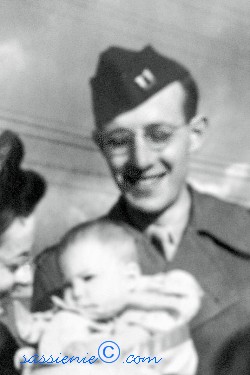
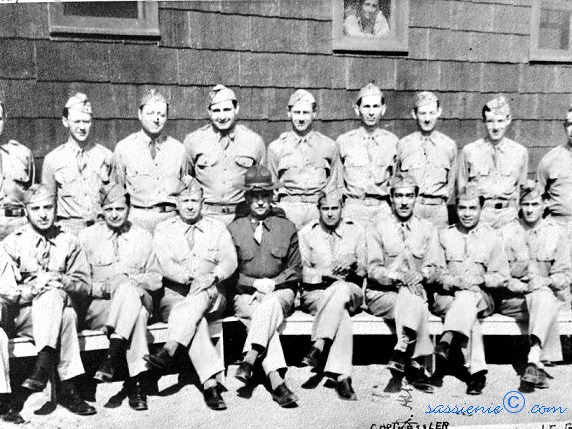

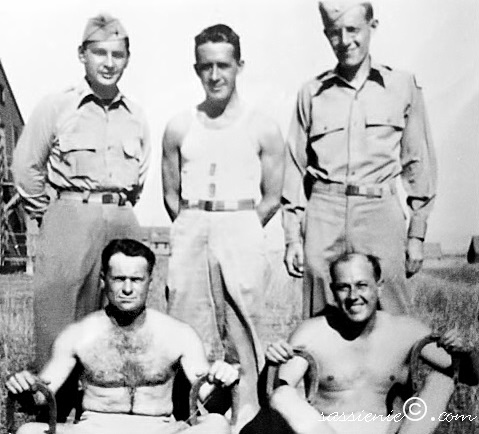
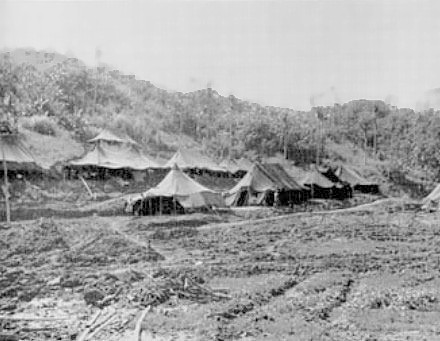
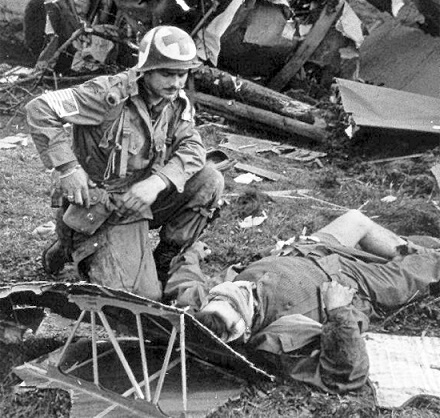
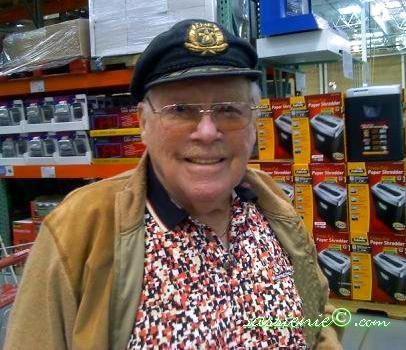
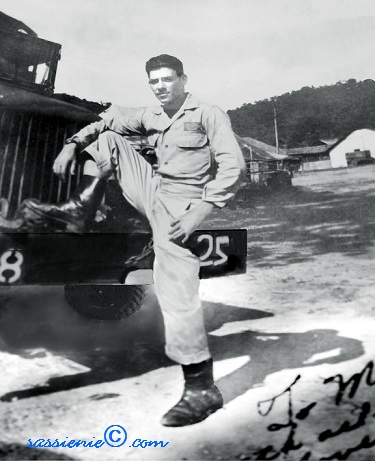
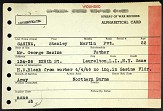
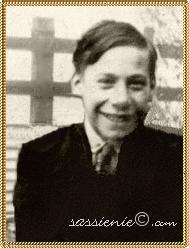
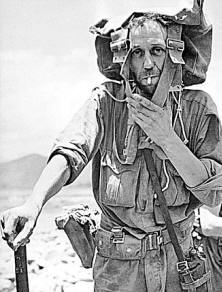
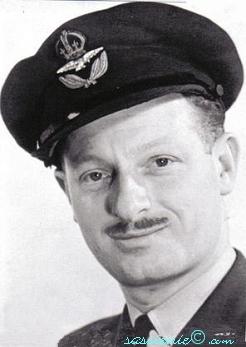
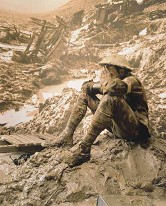
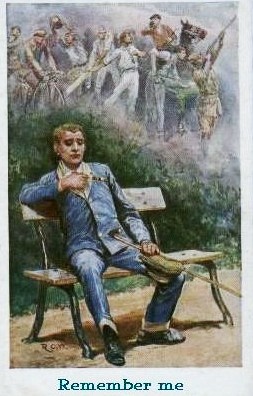
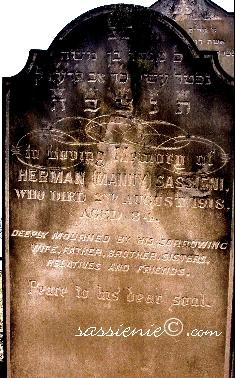
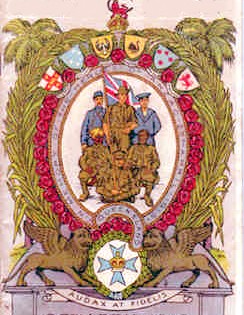
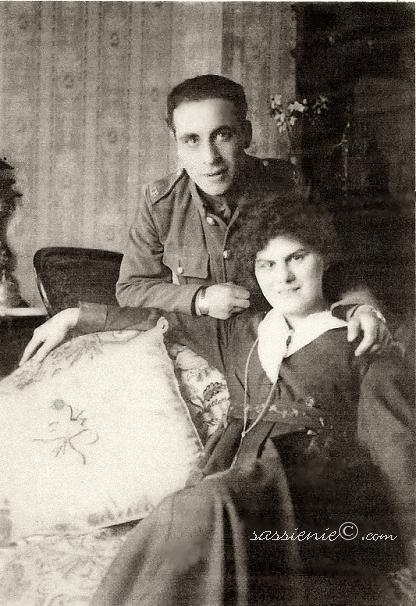
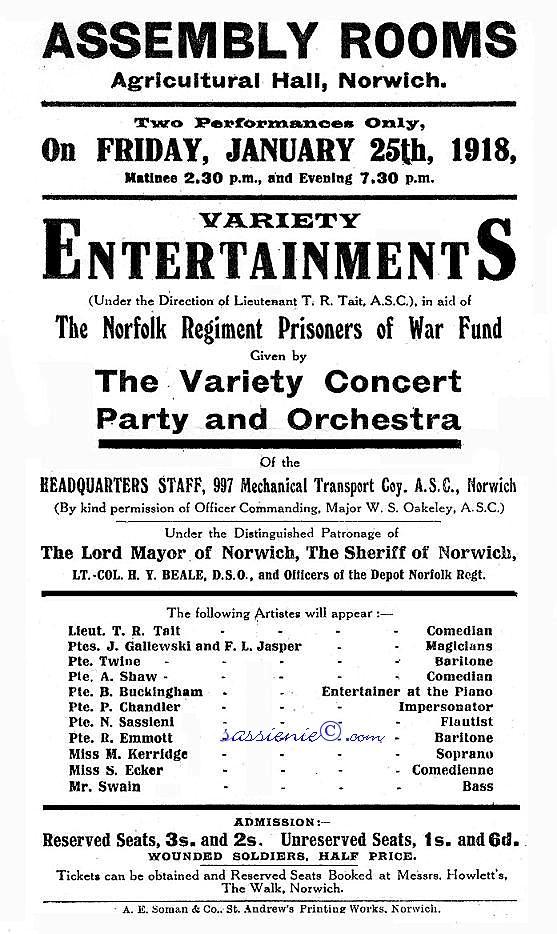

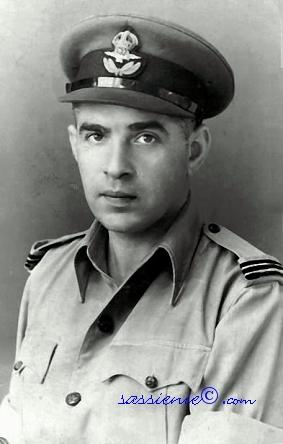
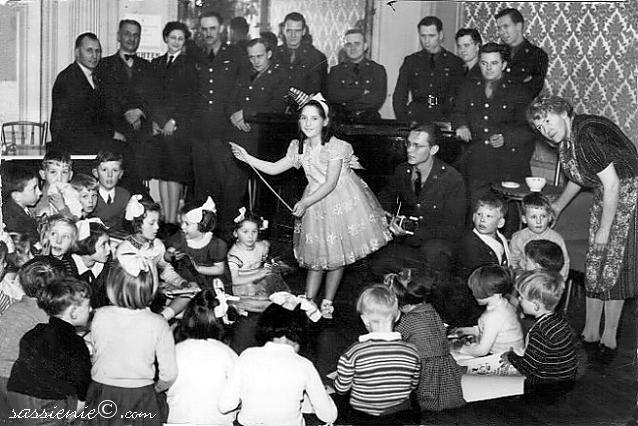
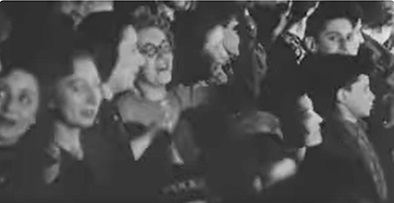
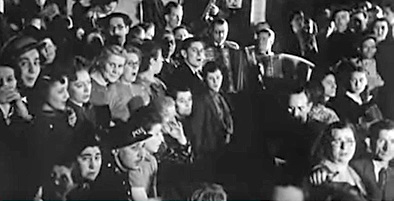
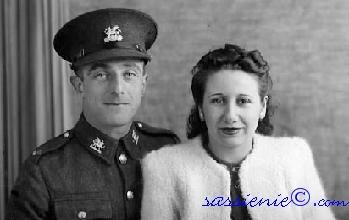
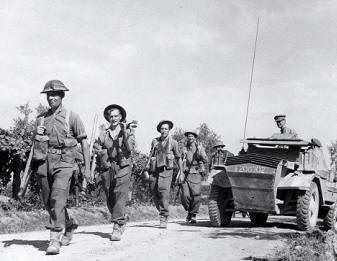 >
>